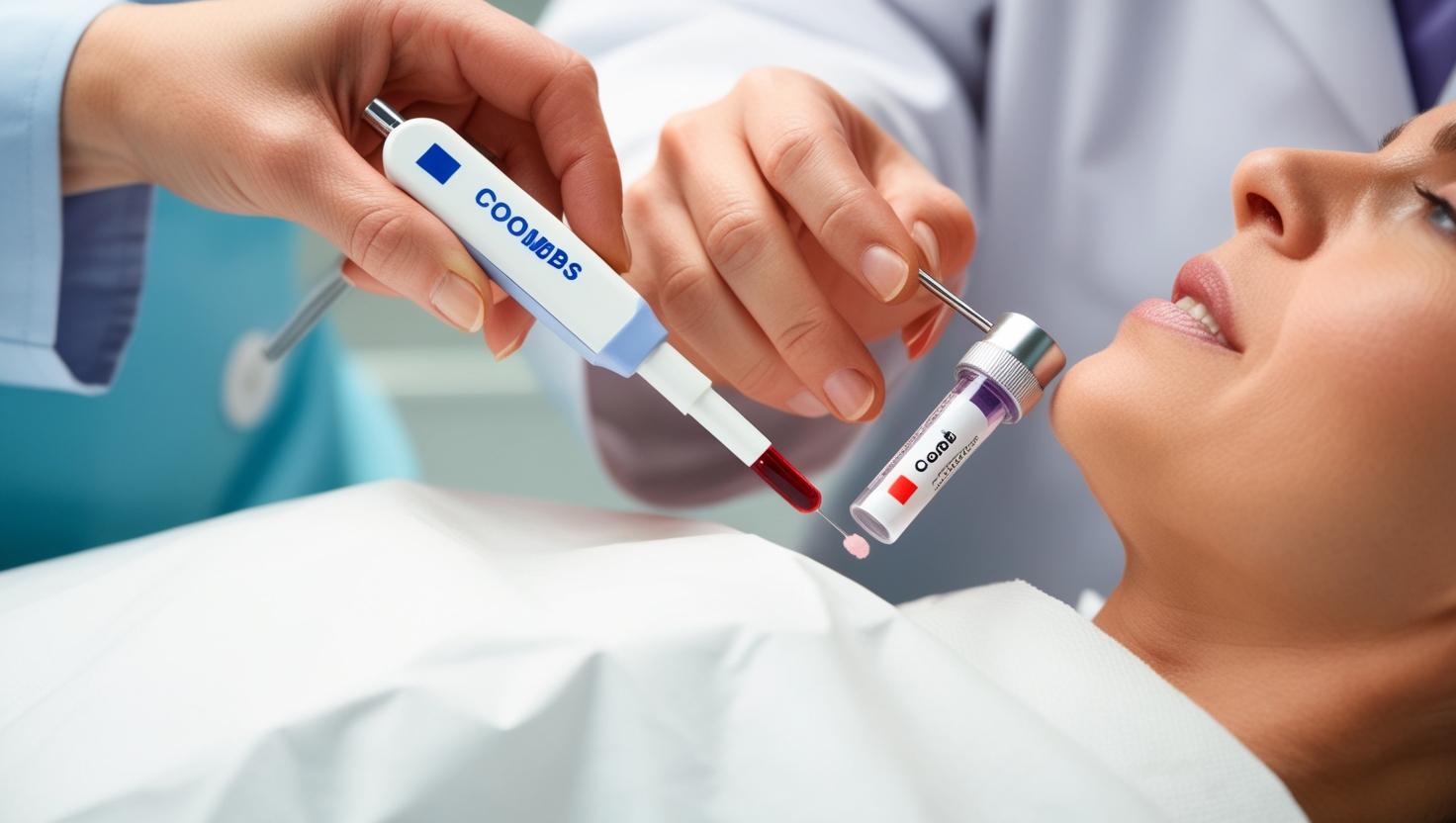The Direct Coombs Test is a blood test used to detect whether your red blood cells (RBCs) are being attacked by your immune system. It checks for antibodies or proteins (called complement) that are stuck to your RBCs, something that shouldn’t normally happen. When these antibodies are present, they can cause your body to destroy red blood cells too early, leading to a condition called hemolytic anemia. This test is important for finding out if your immune system is causing red blood cell damage.
Indications of the Test
Your doctor may recommend this test if you:
-
Have symptoms like fatigue, pale skin, jaundice, or shortness of breath
-
Are being evaluated for autoimmune hemolytic anemia (AIHA)
-
Are a newborn suspected of having hemolytic disease of the newborn
-
Have a condition such as Systemic Lupus Erythematosus (SLE) or Chronic Lymphocytic Leukemia (CLL)
-
Had a recent infection or drug reaction that may have triggered immune hemolysis
-
Are undergoing monitoring after a blood transfusion
Patient Preparation / Instructions
-
No fasting or special preparation is needed.
-
Wear a short-sleeved shirt to make blood draw easier.
-
Inform your healthcare provider about:
-
Any recent blood transfusions
-
Ongoing infections or medications you’re taking
-
A small blood sample will be taken from your arm. Mild bruising or soreness at the puncture site is possible but usually resolves quickly.
Typical Reference Values
-
Negative (normal): No agglutination (no clumping of red blood cells)
-
Positive (abnormal): Agglutination present, which means antibodies or complement proteins are coating your RBCs and may be causing destruction
Interpretation of Results
-
Positive Result: Indicates immune-related destruction of red blood cells commonly seen in AIHA, hemolytic disease of the newborn, or medication reactions.
-
Negative Result: No signs of immune attack on your red blood cells; rules out immune causes of anemia.
Your doctor will interpret the results in the context of your symptoms and medical history.
Turnaround Time
Results are usually available within a few hours to 1 day. In urgent situations, results may be expedited.
Order Direct Coombs Test Today
Click the ‘Order Test’ button to add the Direct Coombs Test to your cart, or visit our lab in Kilimani, Nairobi to get started.

